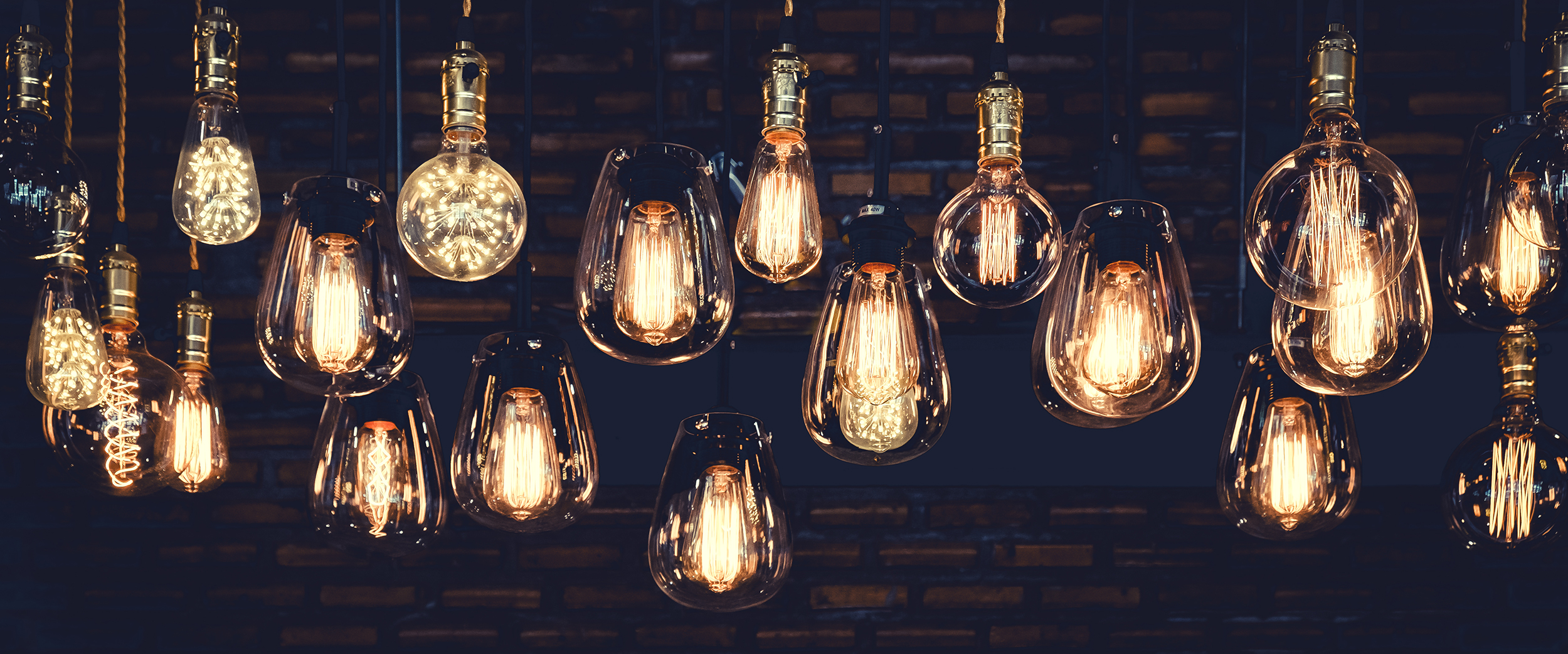When it comes to building a new home, there are many different design choices you will have to make. In fact, it may seem like you’re facing a never-ending list of decisions! Some of those decisions revolve around lighting, and they’re more important than they may seem at first. Good lighting is almost invisible—it does what it needs to do in such a way that you rarely even notice it. Bad lighting, on the other hand, is an annoyance. A dark kitchen or office area can make using the space more difficult than it needs to be. A bedroom or bathroom with glaringly bright lights can be just as bad. While some of this can be handled by changing the bulbs, you still want to make certain that you have the right lighting. It can truly transform a space.
Before you make any decisions about lighting, here are a few tips to help you choose the perfect fixtures and bulbs for the space.
Natural Versus Artificial Lighting
The first thing to think about is how much natural lighting a room gets. If you have large windows, you may not actually use your lights in that space until the evening. Natural lighting can also affect your mood. Walking into a space that has tons of natural lighting can make you feel happier and more motivated.
Of course, there are some instances where natural light may not be the best thing. If you have a home office, you may want some light, but too much could be an issue. It could make it difficult to view your computer monitors or other screens. For those who work on very small or detailed projects, having an adjustable light with a bright bulb may be a better option than natural light, too. It all depends on your needs. Overall, neither type of lighting is necessarily better than the other—there are places where artificial light is better and vice versa.
Where Do You Need Light?
Next, think about where you’re going to need the most lighting. Many people simply have a lighted ceiling fan put in the middle of the room and consider the task done, but this isn’t always the best option. For example, if you often read while sitting on the sofa or in a recliner, you may want more direct lighting. Yes, you can always use lamps, but there are times when lamps don’t really fit in the space.
Most people want a good amount of light in the kitchen, around the mirror in the bathroom, and in any workspace. On the other hand, you may want softer, less direct lighting in the bedrooms and living room. It all depends on what you do in the space.
What Type of Lighting Do You Need?
You will want to consider the type of lighting you’re going to use. Ambient lights are soft and relaxing, while directional lighting can be much brighter and focused on one area of the room. Accent lighting is more decorative, while a basic, general light is often fixed in the center of the room.
Again, the space is going to define what type of lighting you need. A home office or other workspace is likely to need more directional lighting, while you may want ambient lighting for the bedroom. You may want to make use of accent lights in the hallway and bathroom to help guide you at night, too. You may also want to combine types of lighting in one room. For example, you may want to have a general light in the kitchen, but also install directional lighting under the cabinets to provide more light to the countertops. If you have multiple lighting options in one space, you can make use of the one you need at the time.
Think About Fixtures
Installing a lighted ceiling fan may be the perfect option for a living room or bedroom, but it’s not going to look right in your dining area. There are a number of different types of light fixtures out there—wall sconces, chandeliers, and multi-bulb options, just to name a few. Bathrooms often have the lights attached to the wall near the mirror, while closets and other small spaces may have a single-bulb fixture in the center of the ceiling. Consider how each fixture will transform the room decoratively in addition to functionally.
Don’t Forget the External Lighting
Finally, you don’t want to forget the external lighting. You’ll certainly want to have a light near your front door, and you may want to have floodlights or security lights installed over your garage and in the back of your home. You can even add decorative lampposts to the yard. Not only do these lights add to the decoration of your home, they also make it much safer to be out at night.









